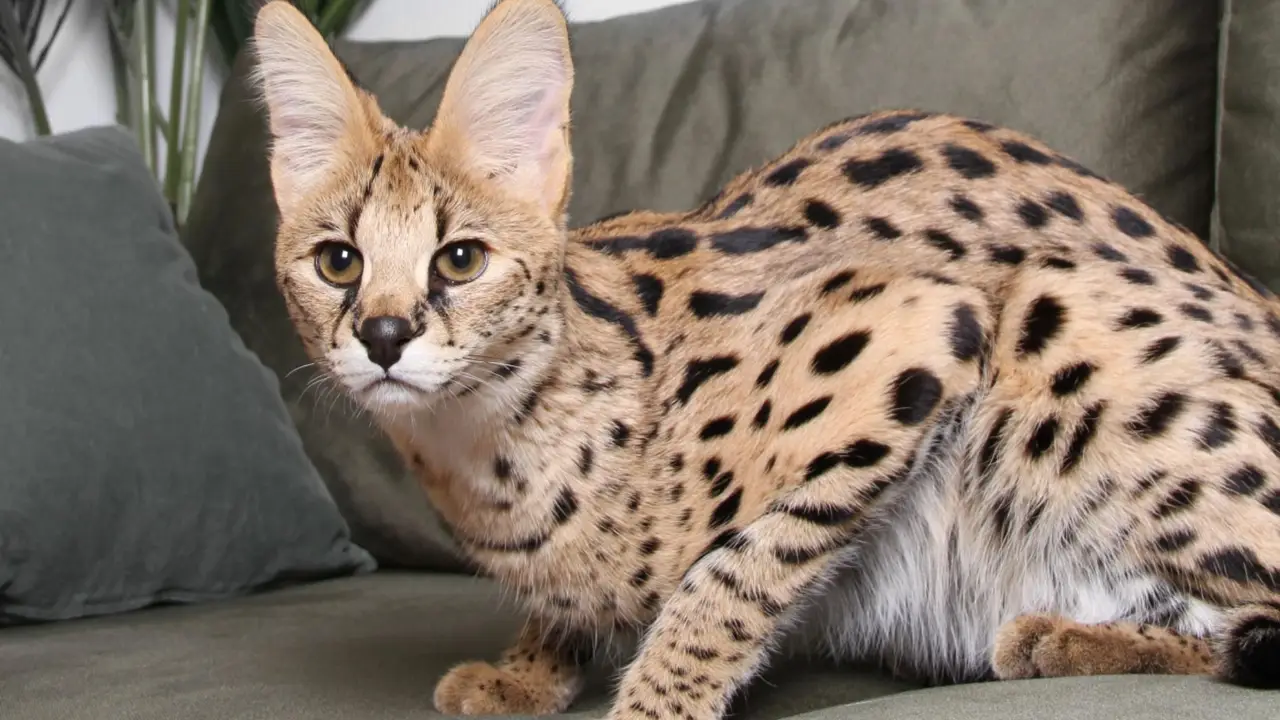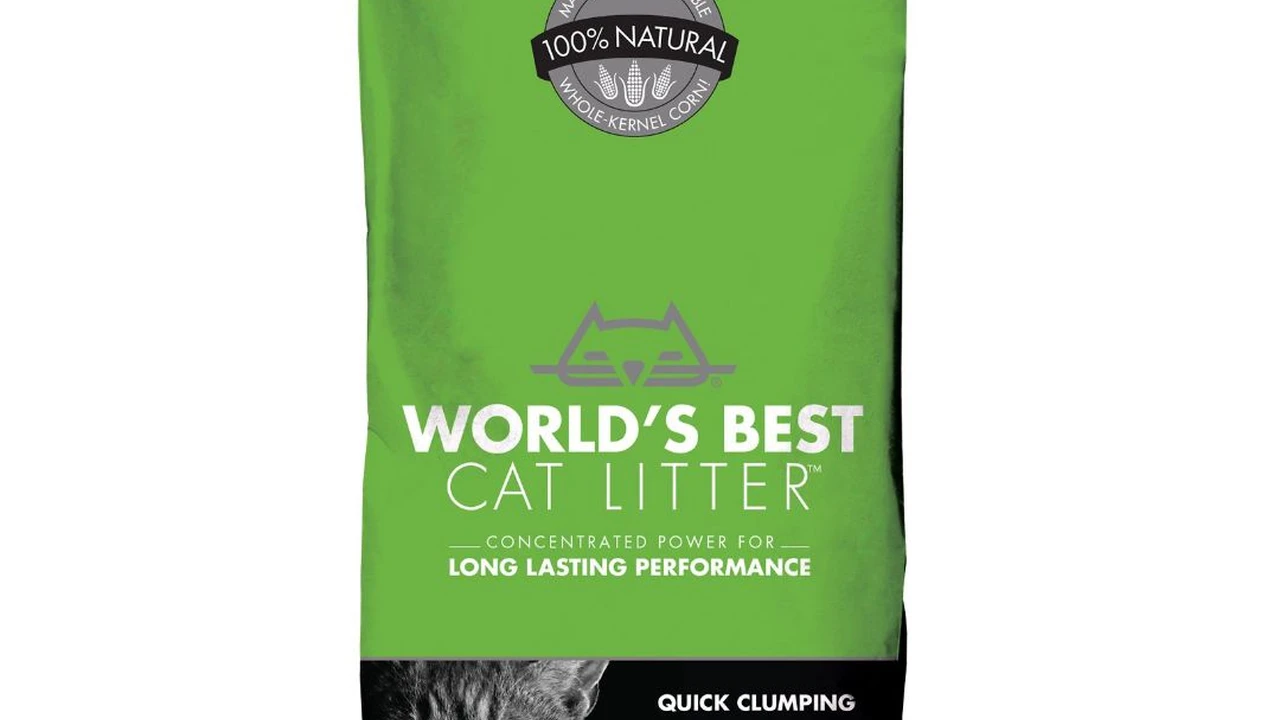The Most Expensive Cat Breeds to Own
Siamese and Persian cats are beautiful, but very different breeds. This article compares their personalities, grooming needs, and health issues. Find the perfect cat for your home.

Siamese Cat Breed Overview Personality and Characteristics
So, you're thinking about getting a Siamese or Persian cat? Awesome! Both are gorgeous, but they're totally different personalities. Let's dive into the Siamese first. These cats are known for being super vocal – they'll chat your ear off! They're also incredibly intelligent and curious. Think of them as the extroverts of the cat world. They crave attention and will follow you around the house like a little shadow. If you’re looking for a cat that's more like a dog in terms of interaction, a Siamese might be perfect. Siamese cats usually weigh between 8 to 12 pounds and have a lifespan of 12 to 15 years. Their distinctive color points and striking blue eyes make them easily recognizable.
Persian Cat Breed Overview Appearance and Temperament
Now, let's talk Persians. These fluffy bundles of joy are the complete opposite of Siamese. They're much more laid-back and prefer a quieter environment. They’re known for their sweet and gentle nature, making them great companions. Persians are definitely lap cats and love to be pampered. If you want a cat that's happy to chill with you while you watch TV, a Persian is a fantastic choice. Persian cats are generally a bit larger than Siamese, typically weighing between 7 to 12 pounds with a similar lifespan of 10 to 17 years. Their long, luxurious fur requires significant grooming.
Grooming Needs Siamese vs Persian Cats and Coat Maintenance
Okay, let’s get real about grooming. This is where these two breeds differ *big time*. Siamese cats have short, sleek coats that require minimal grooming. A quick brush once or twice a week is usually enough to keep them looking their best. Easy peasy! You can use a simple rubber brush like the Kong ZoomGroom (around $10) for regular maintenance. Persians, on the other hand, are high-maintenance. Their long, thick fur is prone to matting and tangles. Daily brushing is a must to prevent painful mats. You'll need a good quality slicker brush, like the Chris Christensen Big G Slicker Brush (around $60 – yes, it's an investment!). Regular baths are also necessary, usually every few weeks. Some owners even opt for professional grooming to keep their Persian looking their best. Neglecting grooming can lead to serious health problems, so be prepared to commit to the time and effort.
Health Issues Common to Siamese and Persian Cat Breeds
Unfortunately, both breeds are prone to certain health issues. Siamese cats can be susceptible to respiratory problems, progressive retinal atrophy (PRA), and dilated cardiomyopathy. It's essential to find a reputable breeder who screens for these conditions. Regular vet checkups are crucial for early detection and treatment. Persians are prone to polycystic kidney disease (PKD), hypertrophic cardiomyopathy (HCM), and breathing difficulties due to their flat faces (brachycephalic). Again, choosing a responsible breeder who screens for these issues is paramount. Be prepared for potential vet bills and consider pet insurance to help offset the costs. A good pet insurance plan, like one from Pets Best, can run around $30-$50 per month, depending on your coverage.
Personality Differences Siamese The Talkative Cat vs Persian The Lap Cat
We've touched on this already, but let's dig a little deeper into the personality differences. Siamese cats are incredibly social and need lots of interaction. They’ll often initiate play and demand attention. If you're gone for long periods, a Siamese might get lonely. Consider getting them a feline companion or investing in interactive toys like the Petstages Tower of Tracks Cat Toy (around $15) to keep them entertained. Persians are more independent and content to spend time alone. They're not as demanding as Siamese cats, but they still enjoy affection. They're generally quieter and less likely to get into trouble. They’re happy to nap on the couch all day, making them great companions for people with less active lifestyles. A comfortable cat bed, like the Best Friends by Sheri Calming Shag Vegan Fur Donut Cuddler (around $40), is a must for a Persian cat.
Exercise Needs Comparing Activity Levels of Siamese and Persian Cats
Siamese cats are energetic and playful. They need plenty of opportunities to run, jump, and climb. A cat tree is a great investment to provide them with vertical space. They also enjoy playing with toys and interacting with their owners. A laser pointer or feather wand can provide hours of entertainment. Persians are less active and don't require as much exercise. They're content with short play sessions and don't need a lot of space to roam. However, it's still important to provide them with some form of exercise to prevent obesity. A few minutes of playtime each day is usually sufficient. A simple toy mouse or ball can keep them entertained.
Cost Comparison Initial Purchase Price and Ongoing Expenses
The initial purchase price of a Siamese or Persian cat can vary depending on the breeder, pedigree, and location. Generally, Siamese cats tend to be slightly less expensive than Persians. Expect to pay anywhere from $500 to $1500 for a Siamese kitten and $800 to $3000 for a Persian kitten. Ongoing expenses include food, litter, vet care, grooming, and toys. Persians will likely cost more to maintain due to their grooming needs. High-quality cat food can cost around $30-$50 per month. Litter can range from $15-$30 per month, depending on the type. Vet care can vary depending on your cat's health, but expect to spend at least a few hundred dollars per year. Grooming costs for Persians can be significant if you opt for professional services.
Living Environment Which Breed Thrives in Your Home
Siamese cats thrive in active households where they receive plenty of attention. They're not a good choice for people who are gone for long periods or who prefer a quiet environment. They need a stimulating environment with plenty of toys and opportunities to play. Persians are better suited for quieter households where they can relax and nap. They're a good choice for people who prefer a less demanding pet. They don't need a lot of space to roam and are content to spend time indoors. However, it's important to keep their environment clean and free of dust and allergens due to their long fur.
Family Friendliness Are Siamese and Persian Cats Good with Kids and Other Pets
Siamese cats can be good with children, but they need to be socialized from a young age. They can be sensitive to rough handling and may not be a good choice for very young children. They also tend to bond strongly with one person, so they may not be as affectionate with other family members. Persians are generally good with children and other pets. They're gentle and tolerant, making them a good choice for families with kids. However, it's important to supervise interactions between children and pets to ensure everyone's safety. They’re also less likely to be assertive with other animals in the household, creating a more harmonious environment.
Noise Levels Siamese The Vocal Cat vs Persian The Quiet Companion
As we've mentioned before, Siamese cats are known for being vocal. They'll meow, chirp, and yowl to get your attention. If you're sensitive to noise, a Siamese might not be the best choice. Persians are much quieter and less likely to meow excessively. They're content to communicate with purrs and gentle meows. If you prefer a quiet companion, a Persian is a good choice.
Allergy Considerations Which Breed is Better for Allergy Sufferers
Neither Siamese nor Persian cats are considered hypoallergenic. However, some people with allergies may tolerate Siamese cats better due to their short coats. Persians tend to shed more, which can exacerbate allergies. If you have allergies, it's best to spend time with both breeds before making a decision. You can also try allergy testing to see which breed you're less sensitive to. Regular grooming and air purifiers can also help reduce allergens in your home.
Specific Product Recommendations for Each Breed
Okay, let's get down to specifics. Here are some product recommendations tailored to each breed:
For Siamese Cats:
- Interactive Toy: Petstages Tower of Tracks Cat Toy - Keeps them entertained and stimulated. Price: ~$15
- Cat Tree: Go Pet Club 62-Inch Cat Tree - Provides vertical space for climbing and playing. Price: ~$70
- High-Quality Food: Blue Buffalo Wilderness High Protein Grain Free Adult Dry Cat Food - Fuel their active lifestyle. Price: ~$30 (5 lb bag)
For Persian Cats:
- Slicker Brush: Chris Christensen Big G Slicker Brush - Essential for preventing mats and tangles. Price: ~$60
- Comfortable Bed: Best Friends by Sheri Calming Shag Vegan Fur Donut Cuddler - Provides a cozy and secure sleeping space. Price: ~$40
- High-Quality Food (for sensitive stomachs): Royal Canin Persian Adult Dry Cat Food - Formulated for the specific needs of Persian cats. Price: ~$40 (6 lb bag)
Making Your Decision Which Breed is Right for You
Ultimately, the best cat breed for you depends on your lifestyle, personality, and preferences. If you're looking for an active, intelligent, and vocal companion, a Siamese might be a good choice. If you prefer a quieter, more laid-back cat that enjoys cuddling, a Persian might be a better fit. Consider your grooming abilities, tolerance for noise, and ability to provide a stimulating environment. Do your research, meet cats from both breeds if possible, and choose the cat that best matches your needs and lifestyle. Good luck!
:max_bytes(150000):strip_icc()/277019-baked-pork-chops-with-cream-of-mushroom-soup-DDMFS-beauty-4x3-BG-7505-5762b731cf30447d9cbbbbbf387beafa.jpg)






